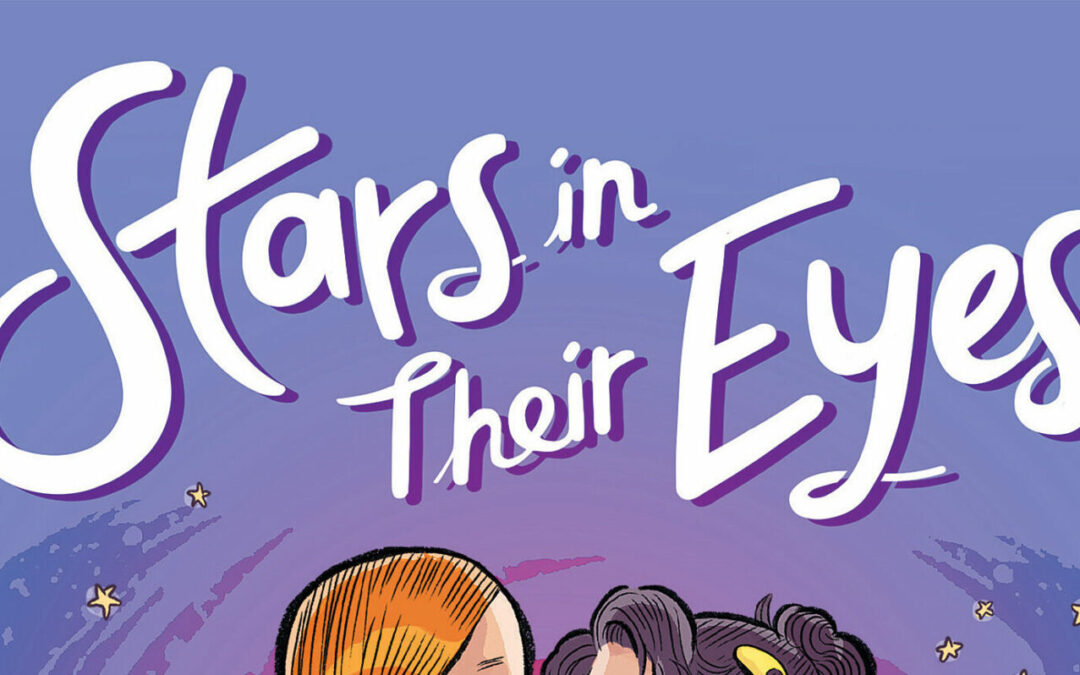
by Michele Kirichanskaya | May 23, 2025 | Blog
Jessica Walton is a queer, disabled writer and speaker. They co-wrote an episode of Australian comedy series Get Krack!n that focused on disability, and they are also the author of Introducing Teddy, a picture book illustrated by Dougal MacPherson. Jess’s short...
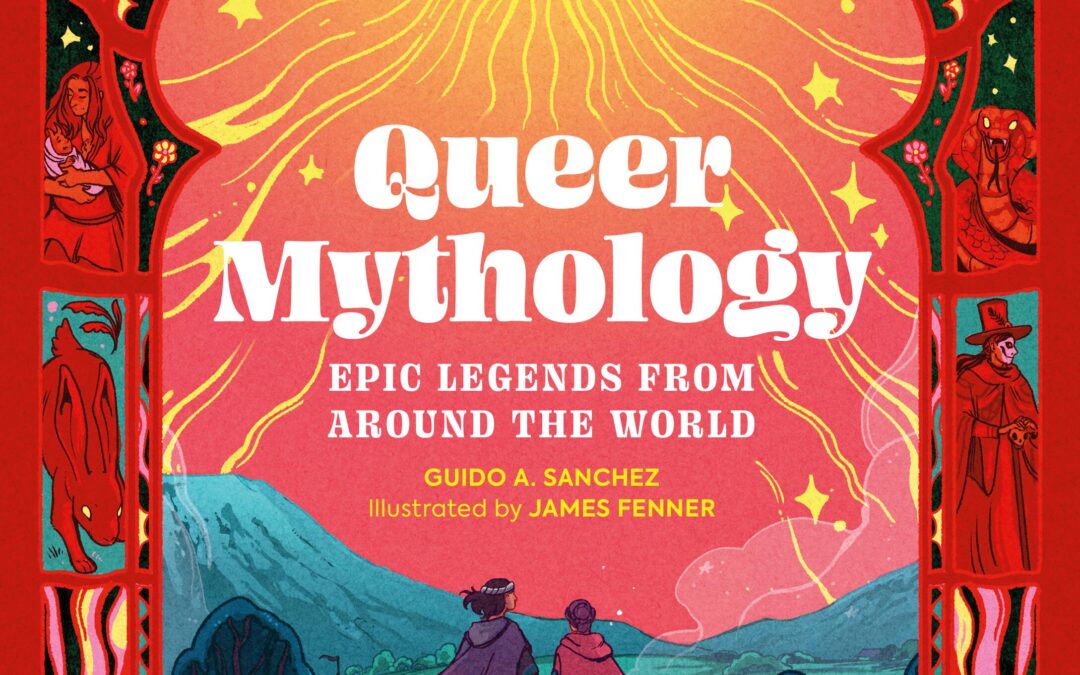
by Michele Kirichanskaya | Apr 9, 2025 | Blog
Guido A. Sanchez is a writer, middle school teacher and leader, comics aficionado, and podcaster based in New York. Guido revels in nurturing young people along their journeys as they begin to tell the myths of their own lives. Once the school day wraps up, he also...
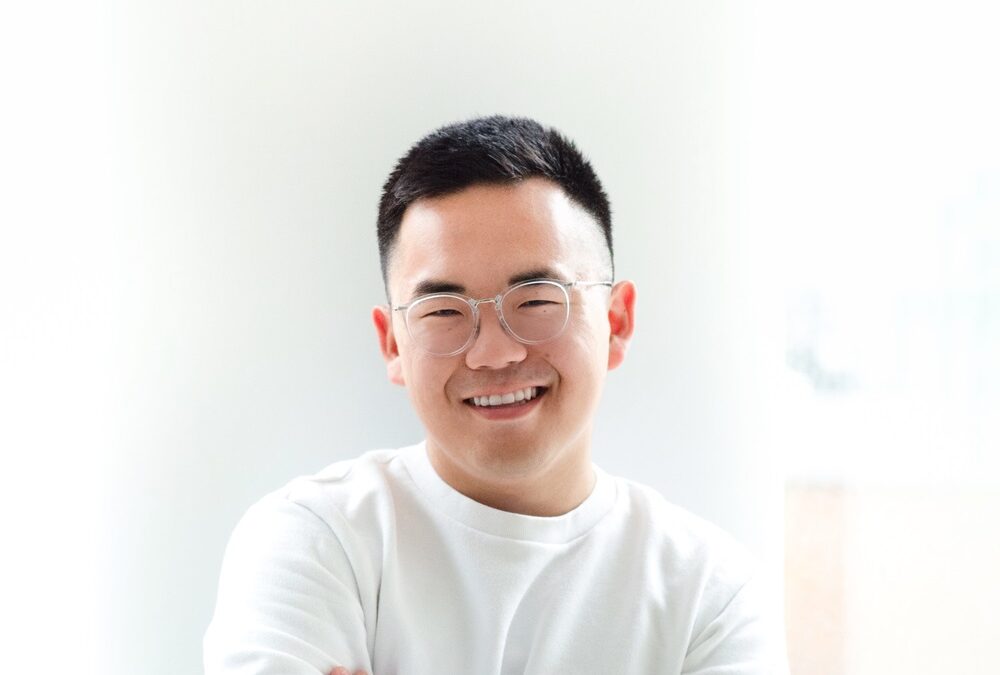
by Michele Kirichanskaya | Feb 5, 2025 | Blog
Jinwoo Chong is the author of the novel Flux, a finalist for the PEN/Hemingway and VCU Cabell First Novel awards, a New York Times Book Review Editors’ Choice, and named a best book of the year by Esquire, GQ, and Cosmopolitan. His short stories and other work have...
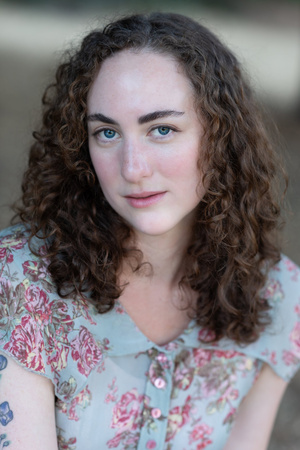
by Michele Kirichanskaya | Jan 3, 2025 | Blog
Allison Saft is the New York Times and indie bestselling author of A Far Wilder Magic and A Fragile Enchantment. After receiving her MA in English Literature from Tulane University, she moved from the Gulf Coast to the West Coast, where she spent her time rolling on...
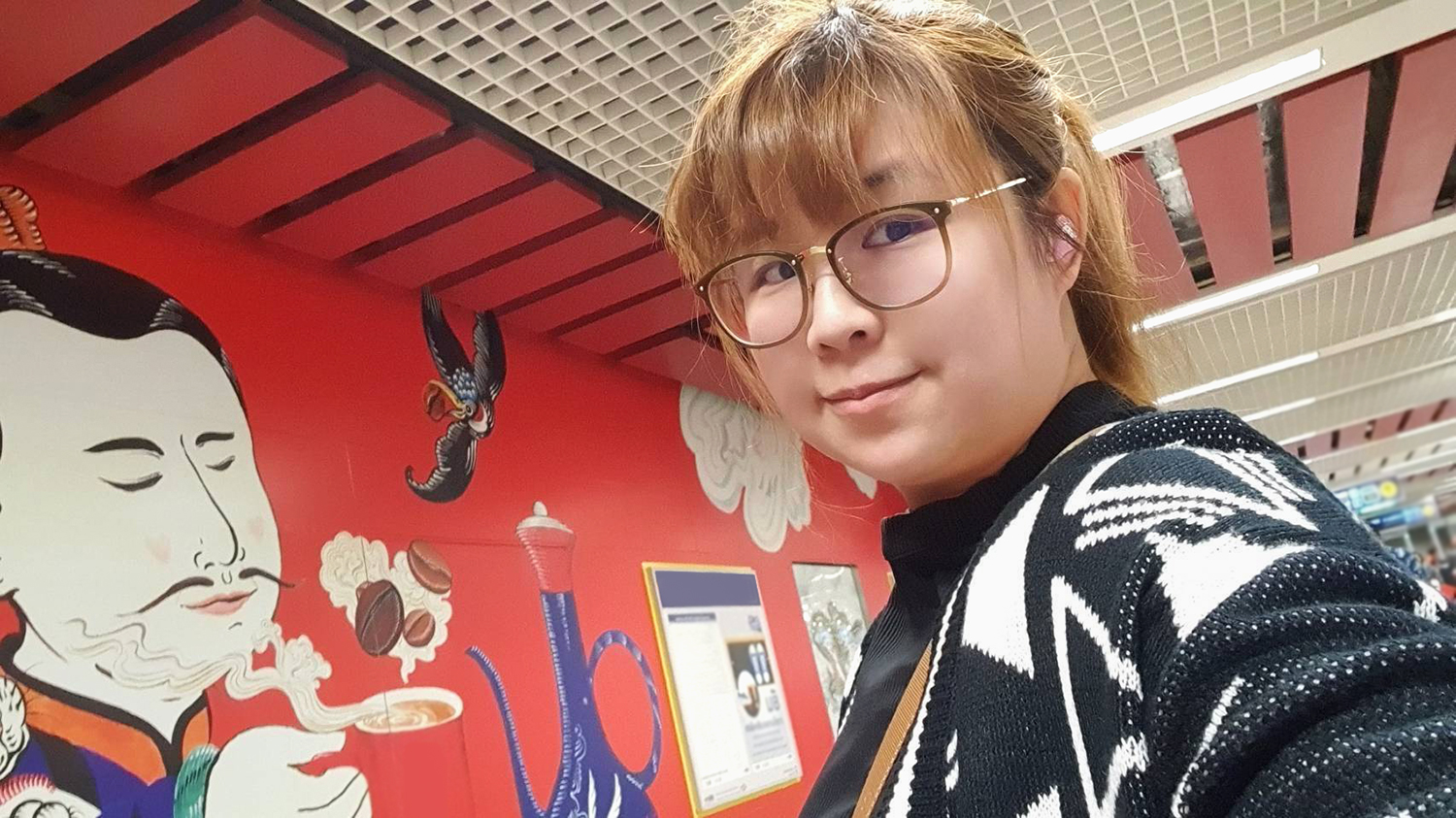
by Michele Kirichanskaya | Dec 27, 2024 | Blog
Mimo is an illustration artist based in Bangkok, Thailand. After obtaining a B.Ed. in Art Education from Chulalongkorn University, she began working for her family business. Yet, painting remains the individual’s true calling, and she has been exploring...






